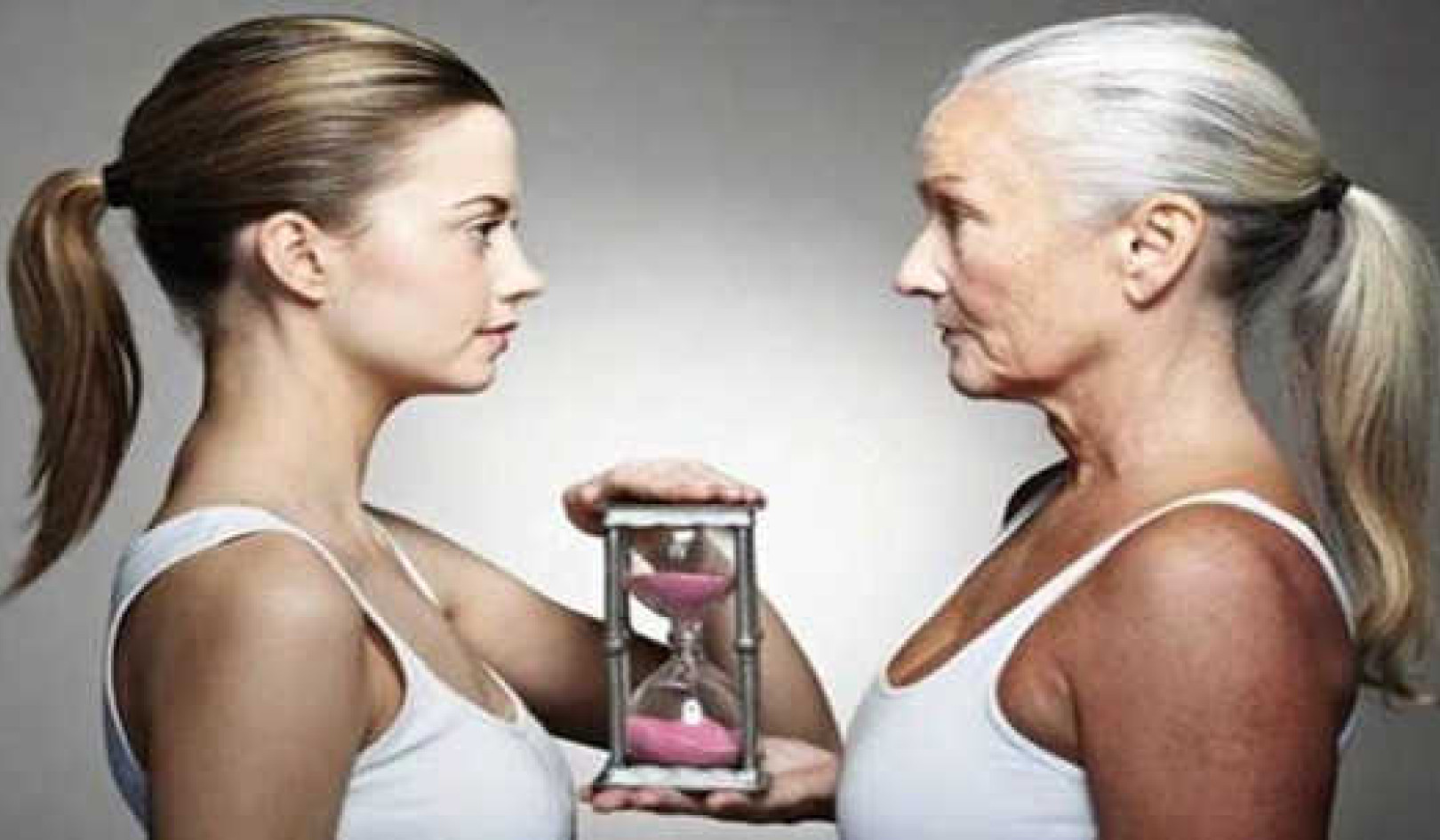
Gaslight, a psychological thriller starring Ingrid Bergman, was a box-office hit when it was released in 1944, but its time in the limelight could have ended there. However, the ruse employed by its villain gave the work remarkable staying power.
Set in 1880s London, the story plays out in the upper-middle-class, gas-lit home of Gregory and Paula Anton. Gregory is intent on making Paula think she is going insane so that he can have her committed to a mental institution and claim her inheritance. He attempts to convince her that the gas lighting in their house, which the audience can see is flickering, is not really flickering. What her senses tell her is a lie – a sign of her steady descent into madness.
Today, the term “gaslighting” is widely used to describe psychological manipulation, where a person is made to doubt their perception of reality. Politicians are accused of it, as are celebrities. The term also used in discussions about health.
Medical gaslighting refers to cases in which a healthcare practitioner imposes a pattern of questions, testing or diagnosis that runs counter or tangential to the history or symptoms the patient is describing or experiencing.
There is usually a clear power imbalance at play. More often than not, gaslit patients are women, members of the LGBTQ community, people of colour and older adults.
It is a painful reminder that medicine does not occupy a rarefied space apart from society and history. Those who are socially, culturally, politically or economically marginalised don’t find that this experience suddenly changes when they walk through the clinic door.
In many ways, the term gaslighting is an apt fit for medical settings, especially when it comes to the common refrain: “It’s all in your head.”
One of the best-known examples relates to heart disease, where a woman’s symptoms are twice as likely as a man’s to be simply written off as mental illness. This missed diagnosis is often explained by the fact that women’s heart attack symptoms are “strange and unpredictable” (compared with a man’s “normal” symptoms). However, that excuse doesn’t hold water – there is a large overlap in heart attack symptoms between the sexes.
Elsewhere, social media and news reports are full of egregious examples of women being medically gaslit. There are those whose cancer reached an advanced stage before they could get a doctor to take them seriously. And those whose lives were imperilled by a doctor who dismissed their pain as anxiety, as postpartum depression, as not nearly as bad as they think it is.
Examples of medical gaslighting also accrue around chronic but poorly understood diseases. In recent years, there’s been the medical community’s slow and halting recognition of long COVID. Before that, it was long Lyme disease or chronic fatigue syndrome, as Jennifer Brea’s 2017 documentary Unrest movingly shows.
Algorithmically out of whack
Yet medical gaslighting is a far more complex creature than gaslighting in other contexts. While Gregory’s attempts to gaslight his wife were malicious and intentional, medical gaslighting quite often overlaps with a more basic problem in medicine: misdiagnosis.
In many cases, misdiagnosis occurs not because an individual doctor is being malicious or even intentionally – though perhaps unconsciously – prejudiced, but because the symptoms they observe in the patient before them are “algorithmically” out of whack with the standard set of symptoms and characteristics they have been taught to look for and associate with different diseases.
Since these algorithms were explicitly built around heterosexual white men, it makes sense that the vast majority of those who have experienced medical gaslighting or misdiagnosis hail from beyond this extremely narrow band of the population. But even at a more basic level, individuals are simply not standard. Human bodies don’t conform as closely to the algorithms as medicine would ideally like them to.
“The bottom line,” as one doctor put it, “is that diagnosis is hard.” It does not help that research into diagnosis is never as well-funded as research into treatment.
That’s not to say there aren’t any covert (or overt) Gregory Antons out there in medical practice, of course. But it does mean that if we want to address medical gaslighting, the answer is probably not as simple as training medical professionals to be more sensitive to their patient’s descriptions of their symptoms.
Indeed, the very foundation of modern medicine agitates against this kind of attention to individual symptoms, asking medical professionals instead to measure patients against a set of standards – to think statistically as they make their diagnostic decisions.
Until a much greater part of society is included in that statistical reckoning, we can expect medical gaslighting to remain a part of our medical experiences. And even if or when that happens, our system will still be one that grapples with the difficult task of matching the emphatically square holes of symptom and diagnostic categories with the differently shaped realities of individual symptoms and illness experiences.![]()
Caitjan Gainty, Senior Lecturer in the History of Science, Technology and Medicine, King's College London
This article is republished from The Conversation under a Creative Commons license. Read the original article.
Related Books:
The Body Keeps the Score: Brain Mind and Body in the Healing of Trauma
by Bessel van der Kolk
This book explores the connections between trauma and physical and mental health, offering insights and strategies for healing and recovery.
Click for more info or to order
Breath: The New Science of a Lost Art
by James Nestor
This book explores the science and practice of breathing, offering insights and techniques for improving physical and mental health.
Click for more info or to order
The Plant Paradox: The Hidden Dangers in "Healthy" Foods That Cause Disease and Weight Gain
by Steven R. Gundry
This book explores the links between diet, health, and disease, offering insights and strategies for improving overall health and wellness.
Click for more info or to order
The Immunity Code: The New Paradigm for Real Health and Radical Anti-Aging
by Joel Greene
This book offers a new perspective on health and immunity, drawing on principles of epigenetics and offering insights and strategies for optimizing health and aging.
Click for more info or to order
The Complete Guide to Fasting: Heal Your Body Through Intermittent, Alternate-Day, and Extended Fasting
by Dr. Jason Fung and Jimmy Moore
This book explores the science and practice of fasting offering insights and strategies for improving overall health and wellness.























